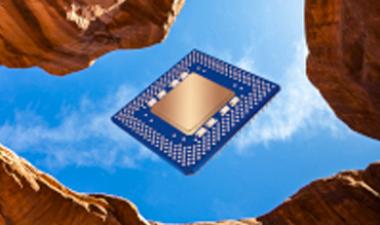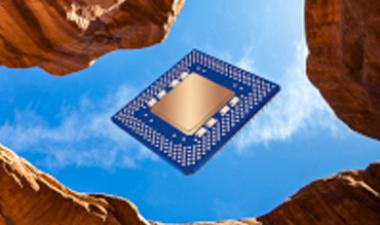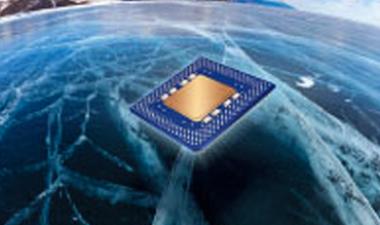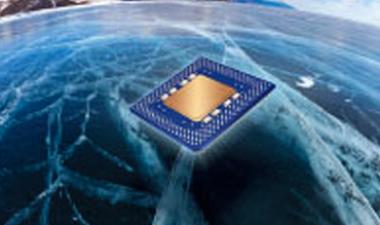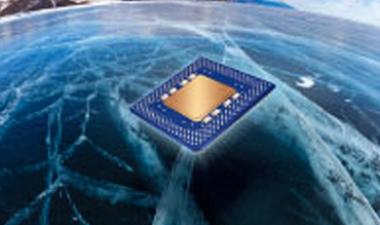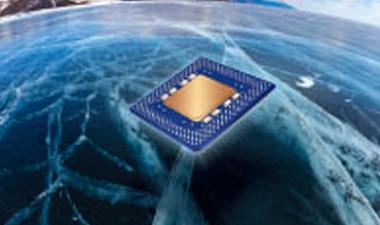
深入研究深度学习
Deep learning, also known as artificial intelligence (AI), has seen rapid changes and improvements over the past few years and is now being applied to a wide variety of applications. Typically implemented using neural networks, deep learning powers image recognition, voice processing, language translation, and many other web services in large data centers. It is an essential technology in self-driving cars, providing both object recognition and decision making. It is even used in smartphones, PCs, and embedded (IoT) systems.
Even the fastest CPUs are inadequate to efficiently execute the highly complex neural networks needed to address these advanced problems. Boosting performance requires more specialized hardware architectures. Graphics chips (GPUs) have become popular, particularly for the initial training function. Many other hardware approaches have recently emerged, including DSPs, FPGAs, and dedicated ASICs. Although these solutions promise order-of-magnitude improvements, GPU vendors are tuning their designs to better support deep learning.
自动驾驶汽车是深度学习的重要应用。车辆不会实施培训,而是专注于更简单的推理任务。即便如此,这些车辆也需要非常强大的处理器,但是与数据中心服务器相比,它们在成本和功率上受到更大的约束,需要不同的权衡。几家CHIP供应商正在专门为该应用程序提供产品。一些汽车制造商正在开发自己的ASIC。
英特尔和Nvidia等大型芯片供应商目前从深度学习的处理器中获得最多的收入。但是,许多有资助的初创公司已经出现了,以开发新的,更定制的架构以进行深度学习。脑,图形,绿色瓦氏,gyrfalcon,groq,Horizon Robotics,Tenstorrent和Untere是最早提供产品的人之一。避开这些选项,领先的数据中心运营商(例如阿里巴巴,亚马逊和Google)开发了自己的硬件加速器。
We Sort Out the Market and the Products
深度学习的处理器指南涵盖了55多家公司的硬件技术和产品。300多页的报告提供了深入的技术分析和面对面的产品比较,以及对这个迅速发展的市场领域的公司前景的分析。我们解释哪些产品将赢得设计,以及原因。TechInsights的独特技术分析提供了前瞻性的观点,可以通过竞争性主张和产品进行分类。
The guide begins with a detailed overview of the market. We explain the basics of deep learning, the types of hardware acceleration, and the end markets, including a forecast for both automotive and data-center adoption. The heart of the report provides detailed technical coverage of announced chip products from AMD, Cambricon, Cerebras, Graphcore, Groq, Intel (including former Altera, Habana, Mobileye, and Movidius), Mythic, Nvidia (including Tegra and Tesla), NXP, and Xilinx. Other chapters cover Google’s TPU family of ASICs and Tesla’s autonomous-driving ASIC. We also include shorter profiles of numerous other companies developing AI chips of all sorts, including Amazon, Brainchip, Gyrfalcon, Hailo, Huawei, Lattice, Qualcomm, Synaptics, and Texas Instruments. Finally, we bring it all together with technical comparisons in each product category and our analysis and conclusions about this emerging market.
这个版本的新功能
- Engineers designing chips or systems for deep learning or autonomous vehicles
- Marketing and engineering staff at companies that sell related chips who need more information on processors for deep learning or autonomous vehicles
- 希望介绍深度学习,视觉处理或自动驾驶系统的技术专业人员
- 想要对深度学习处理器进行无炒作分析的财务分析师,并且芯片供应商最有可能成功
- Press and public-relations professionals who need to get up to speed on this emerging technology
This report is written for:
- Product managers and executives seeking to assess the performance of their product lines over the past year or to identify areas in which to invest or divest
- Strategic sourcing professionals and engineers at OEMs and operators seeking information about semiconductor suppliers
- Investors and financial analysts seeking data to support investment decisions

